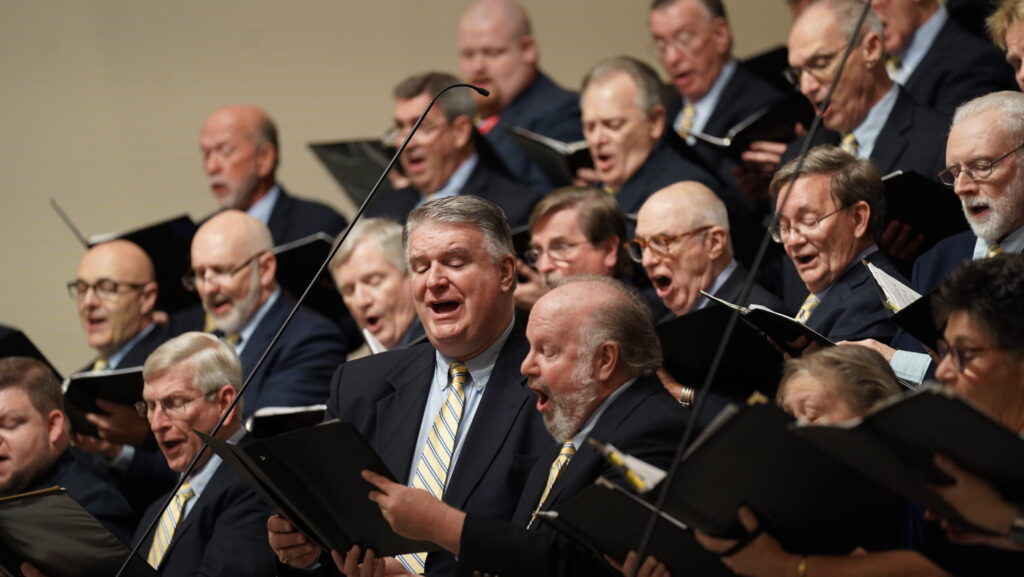Border Crisis Eighth in a series
The barrier dividing San Diego and Tijuana represents only a small fraction of the 1,954-mile border between the United States and Mexico, but it possesses an outsize role in the national dialog about border security.
President Donald Trump visited the region in September to inspect the 30-foot-high steel and concrete barrier under construction in the San Diego area that will replace existing border fencing between the U.S. and Mexico.
The current border barrier is not continuous but rather a series of obstructions placed along a total of 654 miles throughout four states: California, Arizona, New Mexico and Texas.
The obstructions range from physical fencing made of rusted, vertical steel slats, concrete barriers and/or concertina wire to “virtual fences” of electronic sensors and monitoring devices.
More than half of existing fencing is primarily designed to stop pedestrians from walking through, while the remainder is designed expressly to prevent vehicles from crossing.
Several miles of border fencing have been replaced in recent years and U.S. Customs and Border Protection (CBP) in partnership with the U.S. Army Corps of Engineers has begun installing panels for a new border wall system in Hidalgo County, Texas, according to a CBP statement released Nov. 1.
A July 11 CBP statement announced completion of 50 miles of new border wall projects. (For more information on where the existing border barriers are placed visit www.tabonline.org/border.)
Physical border barriers have long been part of life on the border.
A Sept. 6 report issued by the Congressional Research Service in preparation for congressional debates about border barrier funding lays out these key eras in border barrier development:
Late 1800s to early 1900s — Fencing used to mark property lines and deter wandering livestock
1990s — Counterdrug initiatives spark the first physical barriers intended to deter migrants: President George H.W. Bush approves 14 miles of border fencing between Tijuana and San Diego, with construction beginning in 1990 and completed in 1993; U.S. Navy engineers replace a chain-link fence in that area with a 10-foot corrugated steel barrier made of Vietnam-era surplus aircraft landing mats
2007–2016 — Congress appropriates funding to erect border barriers of various types
2017 — President Trump signs an executive order to make physical barrier construction part of the White House agenda
Strange beauty
Since 2017, Congress has appropriated more than $3 billion for planning and construction of border barriers.
And on Feb. 15, 2017, the president declared a national emergency and reallocated funds from the Treasury Forfeiture Fund and the Department of Defense to help fund border wall construction.
While the border security debate continues on both sides of the political and continental divide at least one section of the wall reveals a strange beauty of its own.
The oceanside, half-acre Friendship Park that straddles the U.S.-Mexico border includes border fencing where residents of both countries can still see eye-to-eye, albeit peering through steel slats and a screen of concertina wire.
In 2011 and 2012 the steel-slatted wall was extended 300 feet into the Pacific Ocean, with illegal access to the U.S. protected by dangerous currents and strict security on the U.S. side.
In Tijuana the park is a beachy tourist destination where visitors can pose beside a pyramidal statue built in 1848 to mark the end of the Mexican-American War.
At the edge of the surf families fly kites that soar over the barrier.
Friendship Park visitors can rest on concrete benches between plantings of flowers, herbs and vegetables, and peek through slats of the wall decorated with colorful murals reflecting the historical friendship and enmity of the two countries. (Martha Simmons)
Editor’s Note — To read previous articles in the Border Crisis series, visit tabonline.org and search for “border crisis” and/or “migrant ministry.”






Share with others: